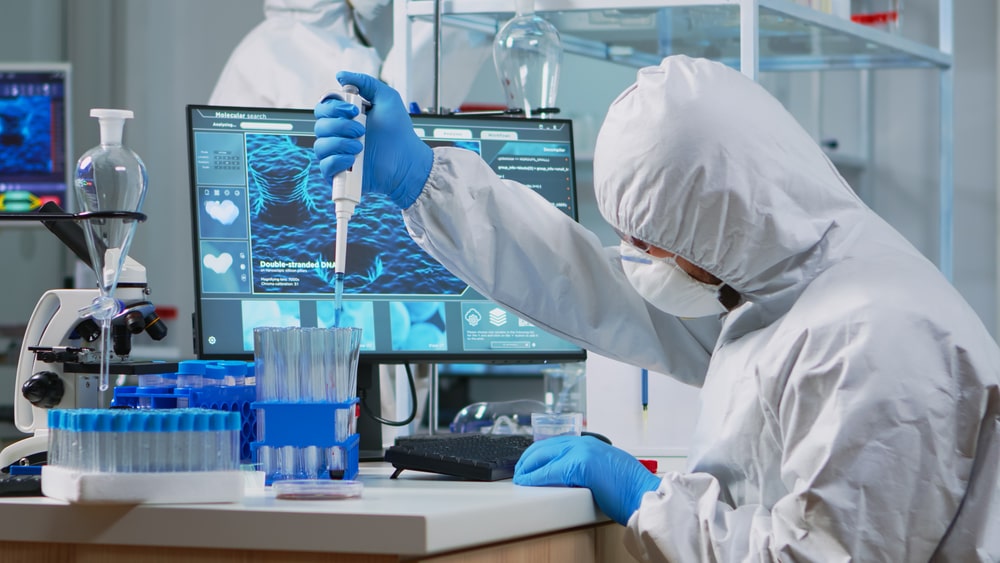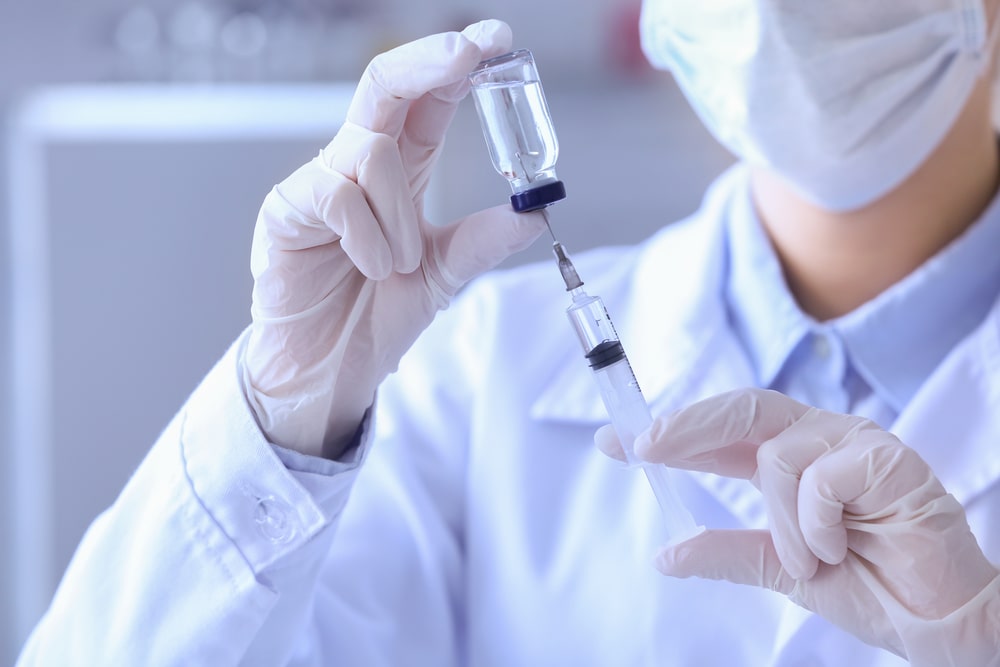With the rush to combat the COVID-19 vaccine and benefit from federal government incentives, many scientists are shifting to vaccine development. New vaccines are being developed to meet demand and strive toward herd immunity.
Who Creates Vaccines?
Traditionally, pharmaceutical and bioprocess companies have developed vaccines for highly contagious viruses and diseases such as Ebola. But as the COVID-19 pandemic escalated, so did the need for a vaccine.
The Coalition for Epidemic Preparedness Innovations (CEPI)
CEPI is a non-profit organization dedicated to building the infrastructure for fast and affordable vaccine development. CEPI awarded millions of dollars to three companies showing promise in developing a safe and effective COVID-19 vaccine.
CEPI encouraged more scientists to explore and design better vaccines for our future by funding and supporting vaccine development. And CEPI is dedicated to the equity of availability of vaccines for underdeveloped countries.
Dr. Katie L. Flanagan from the Australasian Society for Infectious Diseases stated, “Equity will be a major issue since richer countries may procure the vaccine for their citizens while poorer countries may not be able to afford it. CEPI is negotiating global access upfront in order to ensure equitable access, hopefully averting vaccine nationalism.”
Related Link: How Technology Impacts Healthcare
How Vaccines Work
Developed to protect individuals against specific viruses and diseases, vaccines contain elements of the disease-causing organism and other ingredients that immunize the individual from the disease. Each of these ingredients plays a critical role in the vaccine’s effectiveness:
- An Antigen: This is the active component from the disease-causing organism that triggers the immune response.
- Preservatives: Some vaccines require preservatives to keep the vaccine from contaminating once it is opened.
- Stabilizers: These ingredients keep the vaccine from sticking to the vial and block chemical reactions within the vaccine.
- Surfactants: These ingredients ensure the vaccine stays blended together.
- Residuals: These are tiny byproducts of the manufacturing and production process that need to be measured but don’t affect the vaccine.
- Diluent: A liquid used to balance the vaccine concentrate before dosing.
- Adjuvant: These ingredients can improve the immune response in various ways depending on the needs of the vaccine.
The process of creating a vaccine can take over ten years to develop and involves several development stages:
- Exploratory Research
- Pre-clinical
- Clinical Development
- Regulatory Review and Approval
- Manufacturing
- Quality Control
The process is lengthy to ensure the safety of the vaccine for individuals. And because only one in ten vaccines makes it to market, developing vaccines can be a risky investment for pharmaceutical companies.
Interested in a free two-week trial of Sage Talent’s recruiting services? Sign up for the free trial.
Related Link: Bio-Rad saved $180K by switching to Sage Talent’s data-driven recruiting model

Rush is on to Develop a Vaccine for Coronavirus
When the COVID-19 pandemic spread from China to the rest of the world, it became imperative to act quickly to reduce such a contagious virus. To incentivize and accelerate the vaccine development for COVID-19, the White House put into effect Operation Warp Speed.
Operation Warp Speed
Operation Warp Speed was a joint mission of the Department of Defense (DOD) and Department of Health and Human Services (HHS) to fund and accelerate the COVID-19 vaccine development. The program incentivized private and public companies to develop and produce 300 million doses by January 2021 by:
-
Funding and supporting research and development for several pharmaceutical companies simultaneously.
-
Enabling rapid scale-up manufacturing.
-
Allowing simultaneous FDA review of phase 1-3 of clinical trials.
-
Coordinating with DOD for management and distribution of the vaccine around the US.
OWS also took extra steps to vet and regulate vaccine safety. In the New England Journal of Medicine, Dr. Moncef Slaoui said, “This strategy aims to accelerate vaccine development without curtailing the critical steps required by sound science and regulatory standards.”
As a result, many scientists answered the call and worked vigorously to create a safe vaccine. Currently, OWS is working to remove other roadblocks such as:
-
Limited manufacturing capacity
-
Supply chain disruptions
-
Workforce shortages and gaps
10 Companies Leading the Development for a COVID-19 Vaccine
The World Health Organization monitors and tracks every potential COVID-19 vaccine currently in the development pipeline. To date, there are 99 COVID-19 vaccines in clinical trials and 32 vaccines in final testing. The top ten vaccines leading in efficacy and safety are:
-
Pfizer-BioNTech
-
Moderna
-
Gamaleya
-
Oxford-AstraZeneca
-
CanSino Biological
-
Johnson & Johnson
-
Vector Institute
-
Novavax
-
Sinovac
-
Sinopharm-Wuhan
In the US, the three authorized and recommended vaccines from the CDC include:
- Pfizer-BioNTech
- Moderna
- Johnson & Johnson
The Vaccine Testing Process
The Center for Biologics Evaluation and Research (CBER) and the US Food and Drug Administration (FDA) regulate and approve vaccines in the United States. The Vaccine Testing process includes:
- An application
- Three stages of Pre-licensure vaccine clinical trials
- A Biologics License Application
- Manufacturing facility inspection
- Usability Testing of product labeling
Once approved, the FDA continues to monitor and regulate production to guarantee vaccine safety.
Combining Clinical Phases
Part of OWS allowed vaccines to undergo clinical trials in combined phases of 1, 2, and 3 simultaneously. What typically can take years is now fast-tracked to within months. Because the vaccines are being developed and tested at break-neck speeds, many question the vaccines’ effectiveness.
To offset uncertainty, the FDA requires additional safety rules that create specific checkpoints that require monitoring and regulating. But with this new testing method in place, many of the vaccines are in final testing.
David E Bloom, professor in the Department of Global Health and Population at the Harvard T.H. Chan School of Public Health, noted, “They need to speed up the development and delivery of a vaccine has spawned a new paradigm, with many phases executed in parallel rather than sequentially.”
How COVID-19 Will Change The Future of Vaccine Science
By enabling the vaccine manufacturers to cut through a lot of development red tape, the world has demonstrated that we can produce safe vaccines within a short amount of time. As a result, COVID-19 will affect how scientists approach vaccine development as they utilize common formula bases that have a proven track record in the future.
A talent sourcing SaaS service, Sage Talent specializes in identifying and recruiting top talent in the Biotech, Healthcare, and Pharma industries. Sage Talent utilizes proven analytic tools for effective sourcing and candidate engagement.
Want to learn more about Sage Talent’s recruiting services? Read how Sage Talent’s SaaS service works.
Related Link: Healthcare Burnout in a Global Pandemic





